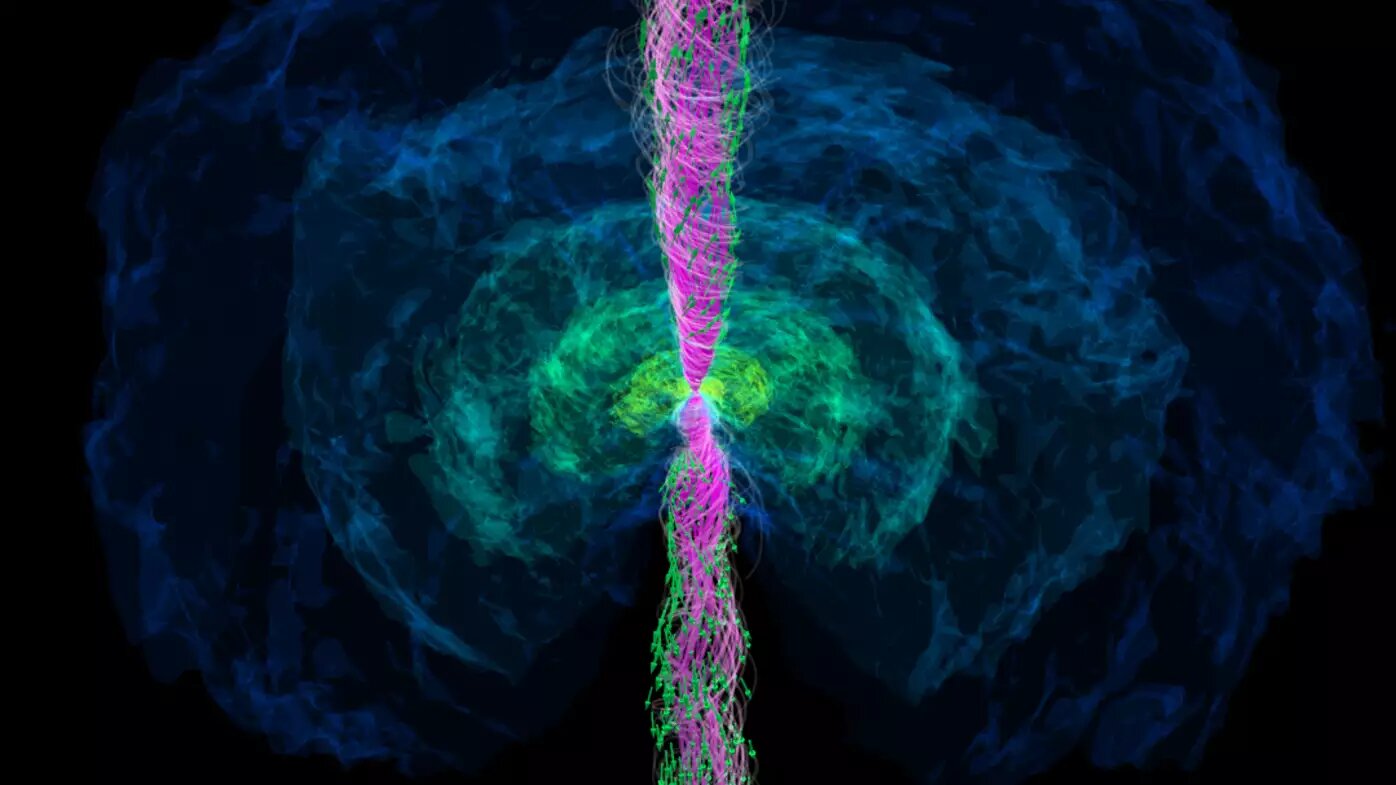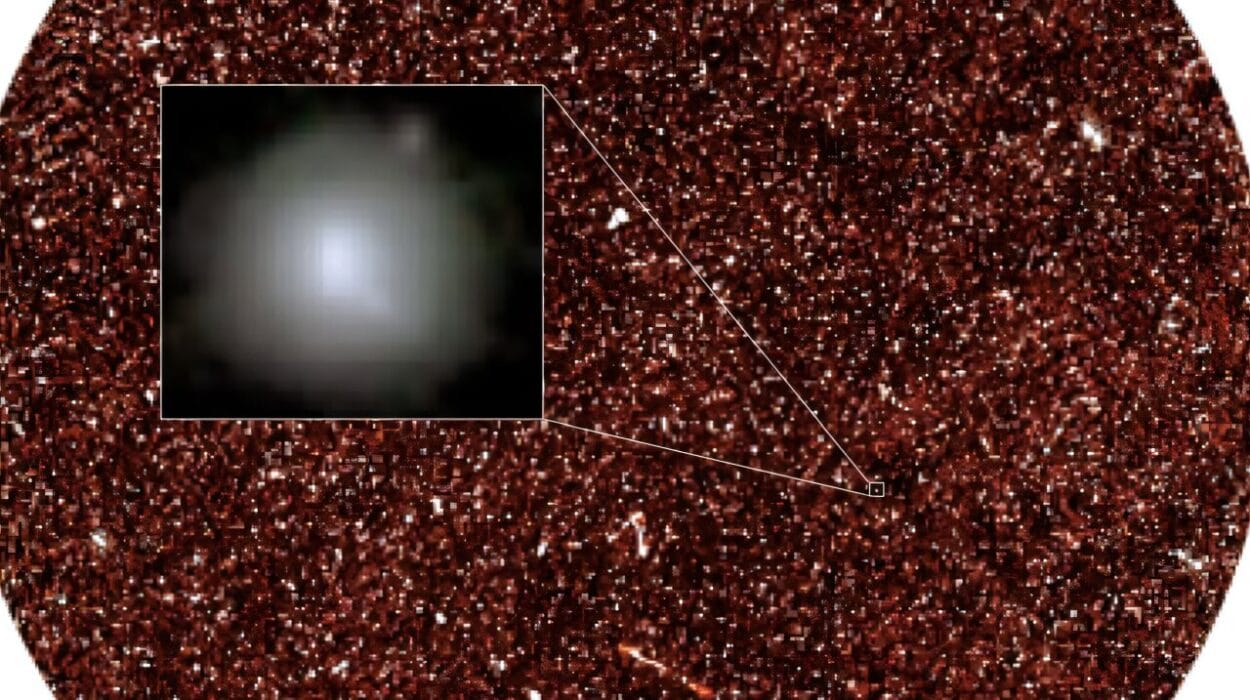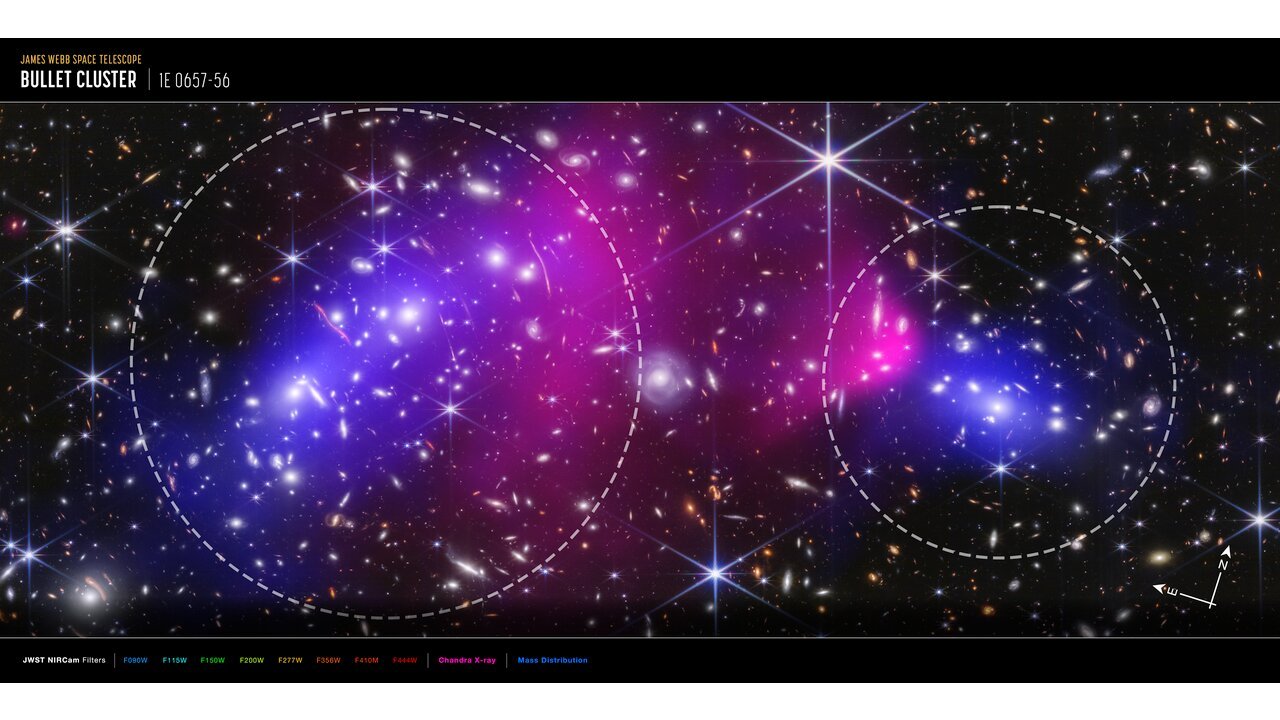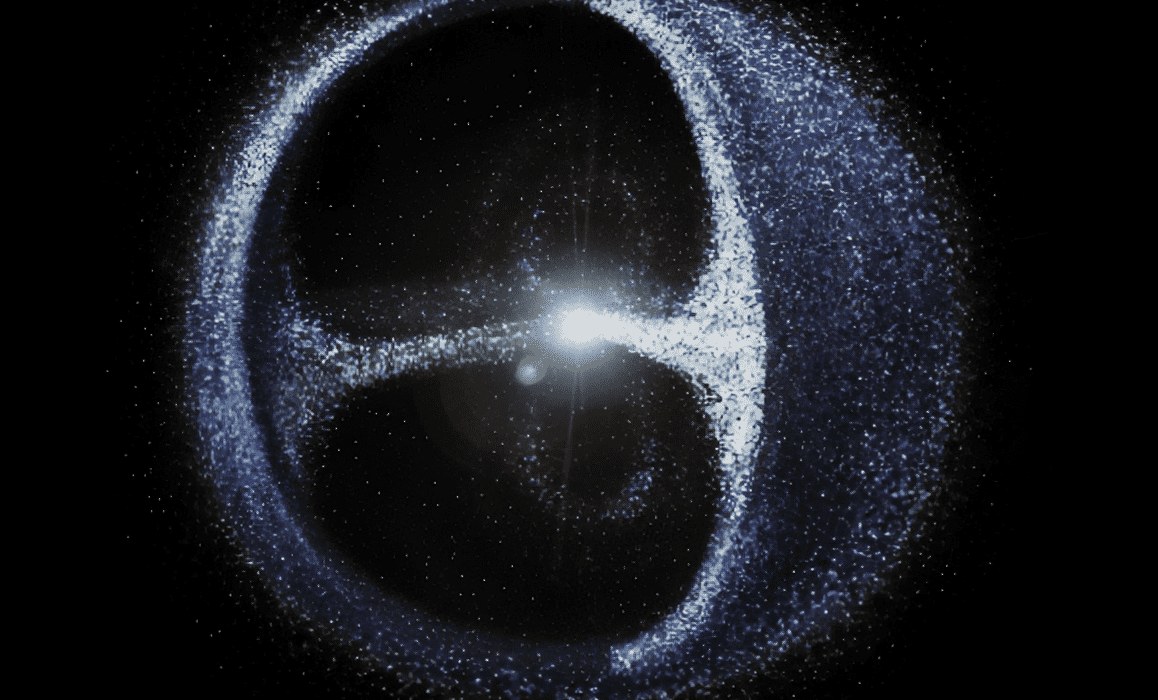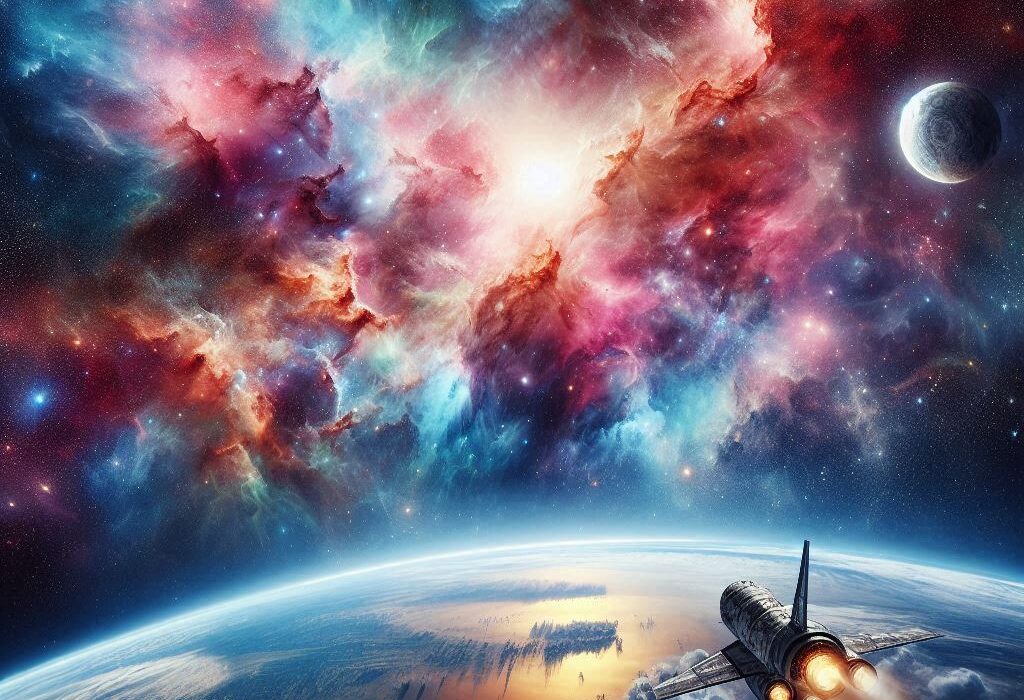On the vast canvas of the cosmos, few events are as dramatic, as violent, and as enlightening as the collision of two neutron stars. These ultradense stellar remnants—no larger than a city but heavier than the Sun—spiral toward each other in a gravitational dance that ends in a cataclysmic explosion. In the split seconds of their merger, the universe sings in more than just light. Gravitational waves ripple through the fabric of spacetime. Neutrinos—ghostlike subatomic particles—burst outward at nearly the speed of light. Electromagnetic radiation, from gamma rays to radio waves, flares across the sky.
This cacophony of signals is the playground of multi-messenger astronomy—a bold new frontier that doesn’t just listen to the universe but hears it speak in multiple languages.
For generations, astronomy relied solely on light—visible and invisible—as its messenger. But with the detection of gravitational waves in 2015 and the groundbreaking neutron star collision in 2017, astronomers have begun weaving together the full symphony. Now, armed with gravitational wave detectors, neutrino observatories, and traditional telescopes working in unison, scientists can decode the most enigmatic cosmic events with unprecedented precision.
And thanks to a groundbreaking new simulation from the Max Planck Institute for Gravitational Physics, we now have the most complete theoretical picture ever assembled of what happens when two neutron stars collide.
Modeling a Star-Smashing Reality
“Predicting the multi-messenger signals from binary neutron star mergers from first principles is extremely difficult. We have now succeeded in doing just that,” says Kota Hayashi, postdoctoral researcher in Computational Relativistic Astrophysics at the Max Planck Institute (also known as the Albert Einstein Institute) in Potsdam, Germany.
Hayashi and his team have pulled off a computational feat that reads more like science fiction than science: using the Fugaku supercomputer in Japan—one of the most powerful ever built—they simulated the merger of two neutron stars over 1.5 seconds of real cosmic time. It took a jaw-dropping 130 million CPU hours and required 20,000 to 80,000 processors working in concert to bring the simulation to life.
Why such effort? Because no telescope—no matter how sophisticated—can see everything that happens inside these stellar wrecks. Simulations are our window into the unobservable: the extreme densities, the tangled magnetic fields, and the chaotic birth of black holes.
What makes this simulation special is its fidelity. It doesn’t start with preconditions like pre-existing black holes or artificial fields. Instead, it begins with two neutron stars, each with strong magnetic fields, orbiting each other naturally. Then it lets nature take over—evolving the scenario entirely based on the laws of physics: Einstein’s general relativity, magnetohydrodynamics, neutrino transport, and nuclear equations of state.
The result? A first-principles, end-to-end model of how binary neutron star mergers unfold—from their initial orbital spiral to their spectacular collapse into a black hole, and the turbulent afterglow that follows.
Spacetime Shaken: The Gravitational Symphony
The first act of this celestial drama is the inspiral phase, when the neutron stars orbit each other in a tightening spiral. Each revolution sheds gravitational energy, which radiates away as gravitational waves—the elusive ripples in spacetime first predicted by Einstein over a century ago.
These waves are now routinely detected on Earth by instruments like LIGO and Virgo, which can sense distortions smaller than a proton’s width. Hayashi’s simulation allows researchers to match theoretical waveforms to actual detections with greater precision than ever before.
This match matters. The shape and frequency of gravitational waves tell us about the stars’ masses, their internal structure, and how close they are to collapse. In the simulation, the modeled stars weighed 1.25 and 1.65 solar masses, a realistic pairing that mimics many known systems in our galaxy.
As they merged, the intense gravitational crush was too great. The remnant could not resist its own weight and immediately collapsed into a black hole, rather than forming a longer-lived neutron star. This detail is crucial for interpreting real-world observations. The pattern of gravitational waves abruptly cuts off—like a cosmic drumbeat suddenly silenced—signaling the birth of a black hole.
When Light Follows Gravity: The Jet Awakens
But the gravitational waves are only part of the story. After the merger, the newborn black hole is surrounded by a swirling disk of superheated matter—the last shreds of the neutron stars’ outer layers. Here, another player takes the stage: magnetism.
As the disk spins, it winds and twists the magnetic field lines like a taffy pull, generating magnetohydrodynamic turbulence. These magnetic forces, combined with the black hole’s rapid spin, launch an ultra-relativistic jet—a narrow beam of particles and radiation blasting away from the black hole’s poles at nearly the speed of light.
This jet is believed to power short gamma-ray bursts (SGRBs), among the most energetic explosions in the universe. In 2017, a gamma-ray burst was detected just 1.7 seconds after a neutron star collision’s gravitational waves. The new simulation replicates this sequence, confirming that magnetic fields and relativistic dynamics alone can produce these jets.
“We think that this energy flow along the black hole axis, driven by magnetic fields, powers a gamma-ray burst,” explains Masaru Shibata, director of the department. “This agrees with what we know from previous observations and provides further insight into the inner workings of neutron star mergers.”
It’s a breathtaking convergence of theory and observation—one that validates the use of such high-resolution simulations to predict the signatures of astrophysical phenomena.
Neutrinos: Ghosts from the Inferno
While light and gravitational waves can be detected with increasingly sophisticated instruments, neutrinos remain the most elusive messengers. They interact so weakly with matter that billions pass through your body every second without leaving a trace.
But neutron star mergers produce them in prodigious numbers. During the collapse, as temperatures spike and nuclear reactions rage, torrents of neutrinos are emitted. Capturing them on Earth requires immense underground detectors filled with water, ice, or other target materials, such as Super-Kamiokande in Japan or IceCube in Antarctica.
The Max Planck simulation offers unprecedented predictions of neutrino luminosity and energy spectrum. Understanding when and where these particles are released helps astrophysicists know when to alert neutrino detectors to aim at the right corner of the sky—within fractions of a second of gravitational wave signals.
In time, this could enable real-time multi-messenger alerts, where all observatories coordinate their instruments to monitor a single event—gathering a holistic picture of the cosmic spectacle as it unfolds.
Forging the Gold of the Cosmos
The merger doesn’t just produce waves and light—it also creates matter itself. Specifically, it forges heavy elements that cannot be created in ordinary stars.
For decades, astronomers wondered where elements like gold, platinum, uranium, and europium came from. Regular stellar fusion ends at iron; anything heavier requires more extreme conditions. Supernovae were the leading candidates, but simulations struggled to explain the observed abundances.
Then came August 17, 2017—a date now etched in astronomical history. The first confirmed neutron star collision, labeled GW170817, was observed not just in gravitational waves but across the electromagnetic spectrum. From this single event, astronomers detected telltale signs of a kilonova—a radioactive fireball enriched with heavy elements. Spectral analysis revealed something astonishing: gold had been created in the blast.
Hayashi and his team extended their simulation to track the ejected material during and after the merger. By doing so, they can estimate the mass, velocity, and composition of the outflows, key factors in predicting kilonova brightness and evolution.
This has enormous implications for cosmic chemical evolution. It suggests that neutron star collisions—not supernovae—may be the primary factories for some of the universe’s most valuable elements. Every gold ring, every platinum implant, every drop of iodine in your thyroid may owe its existence to the colossal death spiral of a neutron star binary.
A New Blueprint for the Cosmic Orchestra
The beauty of this simulation lies not only in what it reveals but in what it enables. By modeling gravitational waves, gamma-ray bursts, neutrino flux, and kilonova emission all from a single, self-consistent physical framework, Hayashi’s team provides a template for future observations.
Astrophysical observatories around the world can now use these results to refine their trigger algorithms, improving response times and target accuracy. As detectors grow more sensitive and coordinated, we move toward a future where multi-messenger events are not rare but routine.
Simulations of this caliber will guide us. They will help confirm or refute theories about exotic physics, test general relativity under extreme conditions, and even offer insights into the nuclear matter equation of state—a fundamental but still poorly understood description of how matter behaves at densities beyond atomic nuclei.
In short, they are the roadmap to deeper truths.
Looking Ahead: More Than the Sum of Its Signals
As we stand on the threshold of a new decade in astronomy, multi-messenger astrophysics is emerging not just as a subfield but as the future of cosmic discovery. Merging neutron stars are among its brightest beacons—offering a convergence of all four cosmic messengers: gravitational waves, electromagnetic radiation, neutrinos, and (in principle) even cosmic rays.
The Max Planck Institute’s simulation is more than a technical milestone; it is a proof of concept that the universe’s most complex events can be understood from first principles. With each breakthrough, we move closer to answering questions that once seemed unknowable: How do black holes form? Where do the elements come from? Is our understanding of gravity complete?
In the end, the universe doesn’t speak in one voice. It whispers in gravity, it sings in light, it murmurs in neutrinos. To truly understand it, we must listen to them all—together.
Reference: Kota Hayashi et al, Jet from binary neutron star merger with prompt black hole formation, arXiv (2024). DOI: 10.48550/arxiv.2410.10958
